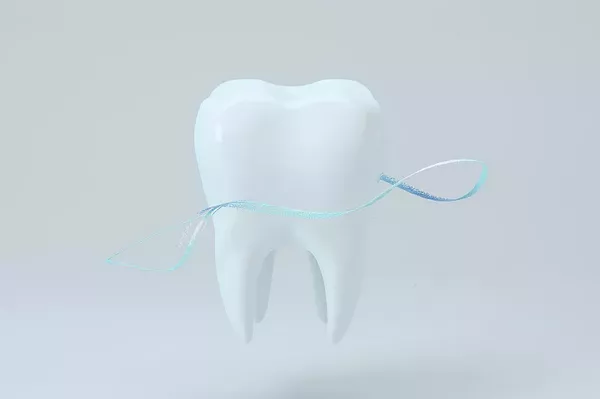Dental implants have evolved into a versatile solution for individuals seeking to restore missing teeth. As technology advances, various types of dental implants have emerged, each designed to address specific patient needs. In this comprehensive article, we will explore the different types of dental implants available, providing insights into their characteristics and applications.
1. Endosteal Implants: Anchoring within the Jawbone
Endosteal implants are the most common type and are placed directly into the jawbone. This type of implant consists of various components:
a. Implant Fixture
The implant fixture is typically made of biocompatible materials such as titanium. It serves as the anchor for the prosthetic tooth and is surgically placed into the jawbone.
b. Abutment
Once the implant fixture integrates with the jawbone, an abutment is attached. This connector piece protrudes above the gum line, providing a foundation for the prosthetic crown.
c. Prosthetic Crown
The final step involves attaching a customized prosthetic crown to the abutment. This crown is designed to mimic the appearance and function of a natural tooth.
2. Subperiosteal Implants: Alternative for Insufficient Jawbone Density
Subperiosteal implants are an alternative for individuals with insufficient jawbone density for traditional implants:
a. Metal Framework Placement
Instead of being inserted into the jawbone, subperiosteal implants involve placing a metal framework on top of the bone but beneath the gum tissue.
b. Supporting Prosthetic Teeth
The metal framework supports the prosthetic teeth, which are attached to the framework and extend through the gum line. This type of implant is suitable for those unable to undergo bone grafting.
3. Zygomatic Implants: Addressing Maxillary Bone Loss
Zygomatic implants are designed to address maxillary bone loss, offering an alternative for individuals with insufficient upper jawbone:
a. Anchoring in the Cheekbone (Zygoma)
Zygomatic implants anchor into the cheekbone (zygoma) rather than the maxillary bone, providing a stable foundation for prosthetic teeth.
b. Complex Surgical Procedure
Due to the anatomical complexity, zygomatic implants require a skilled oral surgeon and are typically reserved for cases with severe bone loss in the upper jaw.
4. All-on-4 and All-on-6 Implants: Comprehensive Solutions for Full Arch Restoration
All-on-4 and All-on-6 implant systems are designed to restore an entire arch of teeth with a reduced number of implants:
a. Number of Implants
All-on-4 involves the placement of four implants, while All-on-6 utilizes six implants. Both options provide stability for a full arch of prosthetic teeth.
b. Immediate Load Capability
These systems often allow for immediate load placement, meaning that a temporary set of teeth can be attached on the same day as implant surgery, offering immediate aesthetic and functional benefits.
5. Mini Dental Implants: Smaller in Size, Significant in Application
Mini dental implants, as the name suggests, are smaller in diameter than traditional implants:
a. Reduced Size
Mini implants are typically 3mm or less in diameter, making them suitable for patients with insufficient bone density or those seeking less invasive options.
b. Versatility in Application
While not suitable for all cases, mini dental implants are versatile and may be used for stabilizing dentures, replacing small teeth, or in cases where traditional implants may not be feasible.
6. Immediate Load Implants: Efficiency in Tooth Replacement
Immediate load implants, also known as same-day implants, offer a more accelerated timeline for tooth replacement:
a. Placement and Loading in a Single Appointment
The unique feature of immediate load implants is the ability to place the implant and load it with a temporary crown or bridge in a single appointment, reducing overall treatment time.
b. Criteria for Candidacy
Not all patients are suitable candidates for immediate load implants, and factors such as bone density and implant stability must be carefully assessed.
Conclusion
In conclusion, the world of dental implants offers a range of options tailored to meet diverse patient needs. From traditional endosteal implants to innovative solutions like zygomatic implants and immediate load systems, each type comes with its unique set of advantages and considerations. The key to successful implant treatment lies in the careful evaluation of a patient’s oral health, anatomical features, and treatment goals. By working closely with dental professionals to understand the available options and their suitability, individuals can embark on a personalized journey towards restoring their smiles and regaining optimal oral health.
How Much Do Dental Implants Hurt
What To Expect After Bone Grafting For Dental Implants
What To Ask Before Getting Dental Implants
































